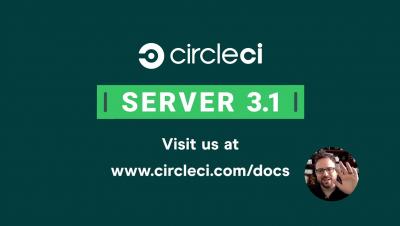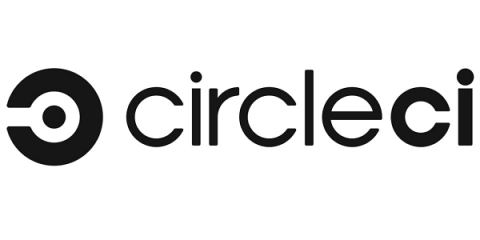Functional browser testing with Puppeteer
Most interactions with a web application occur at the browser. Users search items, fill forms, create shopping carts, log into their profiles, and perform many other tasks. Unit tests are great, but nothing beats testing an application by interacting with the user-facing frontend. In this tutorial, you will learn and demonstrate how to write tests for the browser using Puppeteer . You will then take this a step further by automating the testing process in a continuous integration flow.











